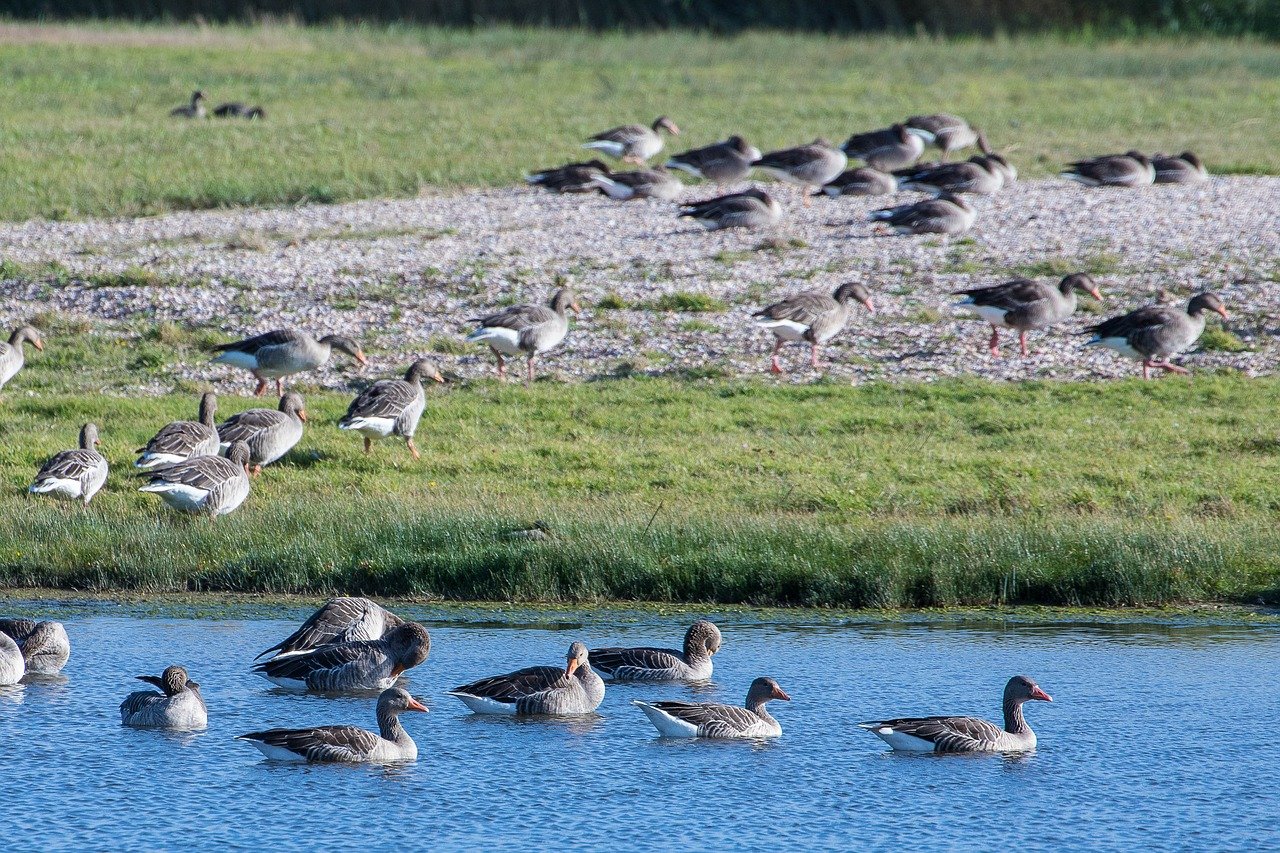A working model for preventing crop damage caused by increasing goose populations in Sweden
DOI:
https://doi.org/10.34080/os.v20.22628Keywords:
Anatidae, agriculture, outreach, engagement, wildlife management, human–wildlife conflictAbstract
The populations of several goose species have increased rapidly in Sweden, as well as in other parts of Europe, particularly during the last decade. As a consequence, the damage caused by the birds to commercially grown agricultural crops has increased. In 2008, the Swedish government paid about €500,000 for preventive measures and subsidies to affected farmers. To reduce the economical losses and conflicts between the geese and humans, it is necessary to establish and maintain communication between the different interest groups and to implement measures to prevent the damage. We here present a working model, which is currently used for reducing human–geese conflicts in Sweden. The working model is based on the initiation of management groups which may develop a management plan on the basis of information collected about the behaviour of the birds and the temporal and spatial variations of crop damage caused within local areas. We give an overview of the preventive measures taken within these plans and discuss how effective they may be to reduce conflicts between geese and humans.
Downloads

Downloads
Published
How to Cite
Issue
Section
License
Copyright (c) 2010 Mikael Hake, Johan Månsson, Anne Wiberg

This work is licensed under a Creative Commons Attribution 4.0 International License.
The copyright of each contribution belongs to the author(s), but all contributions are published under a Creative Commons license, so that anyone is free to share and reuse the contribution as long as the copyright holder is attributed.







